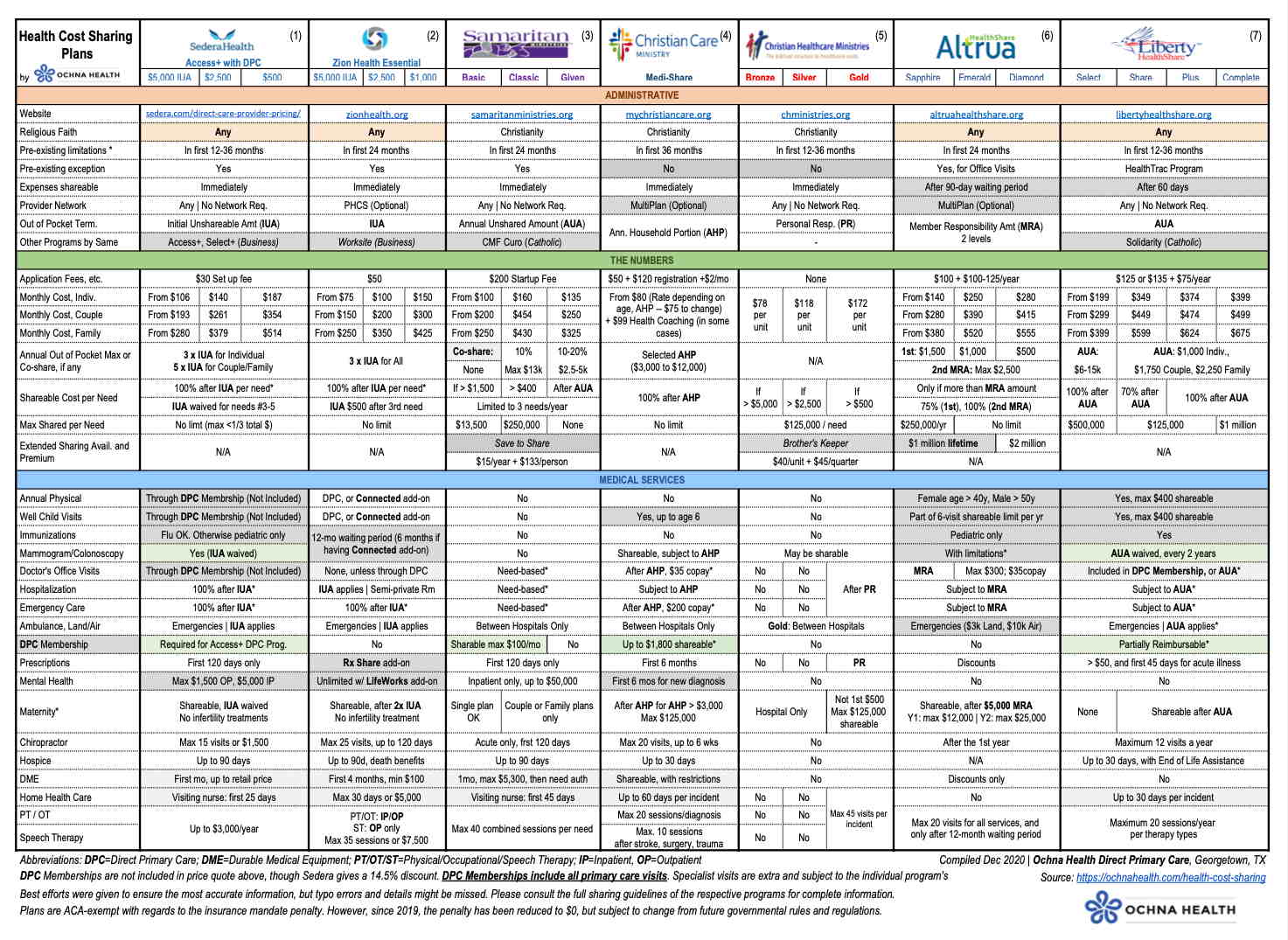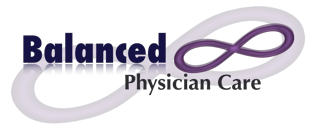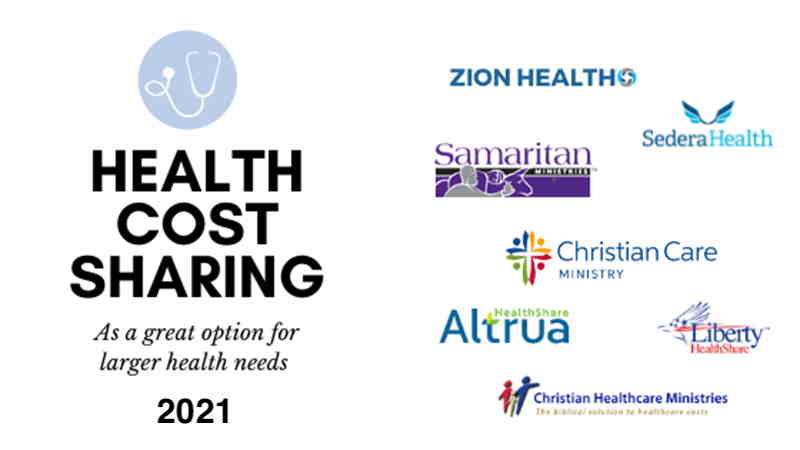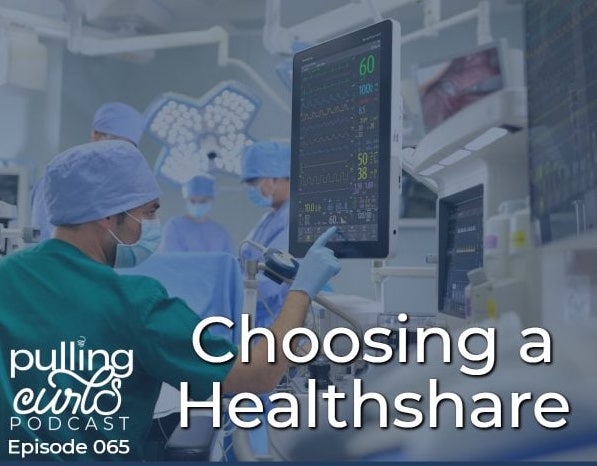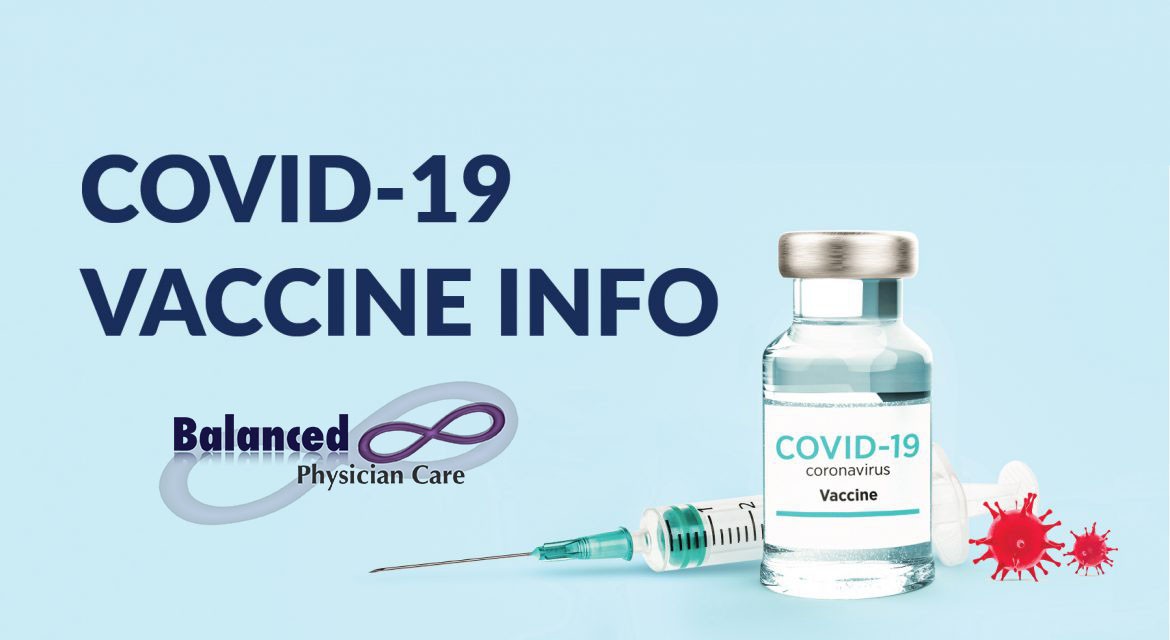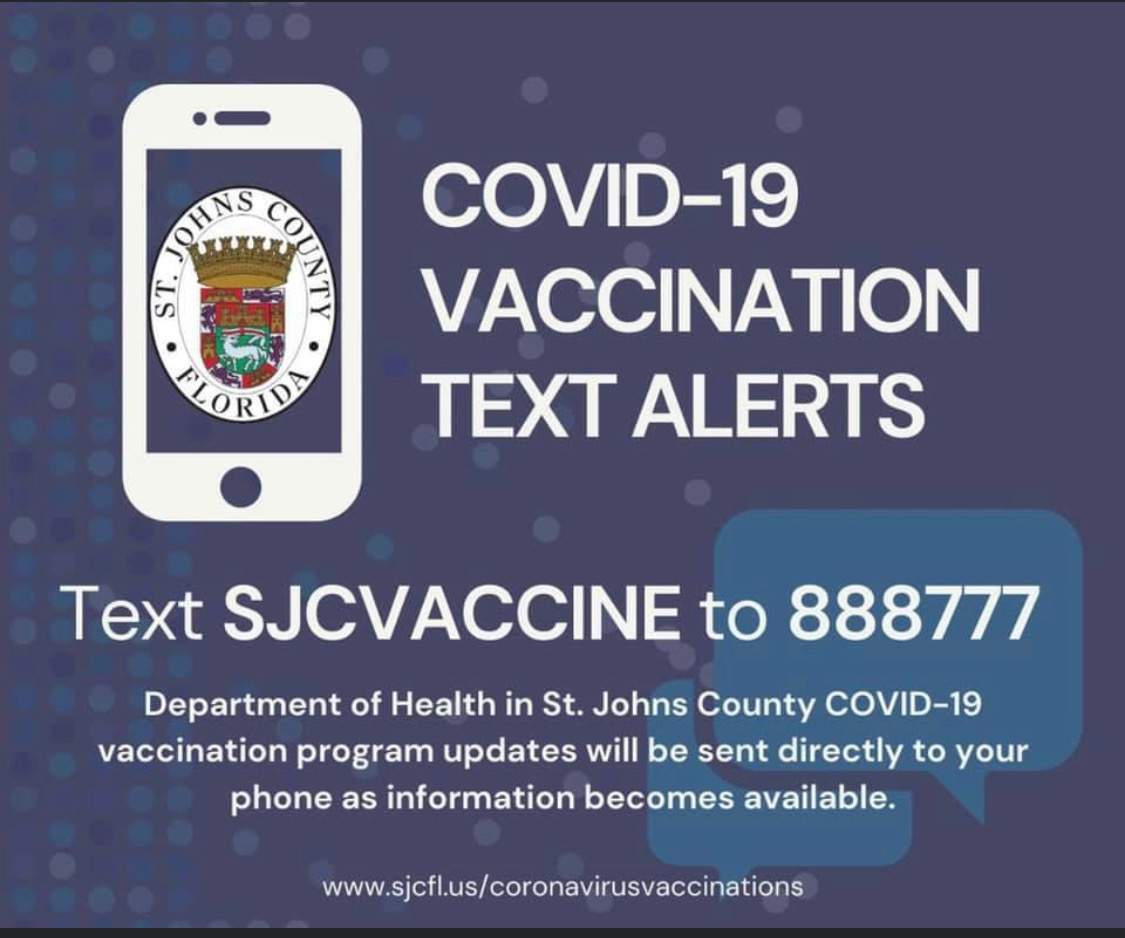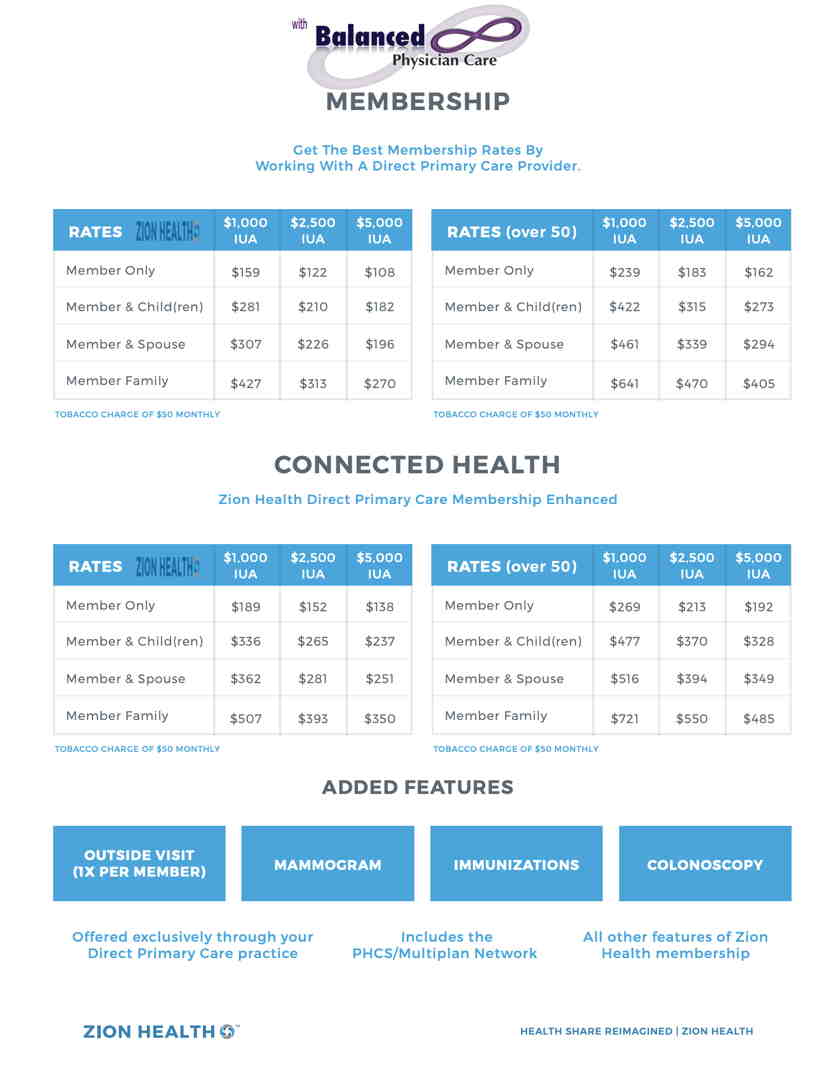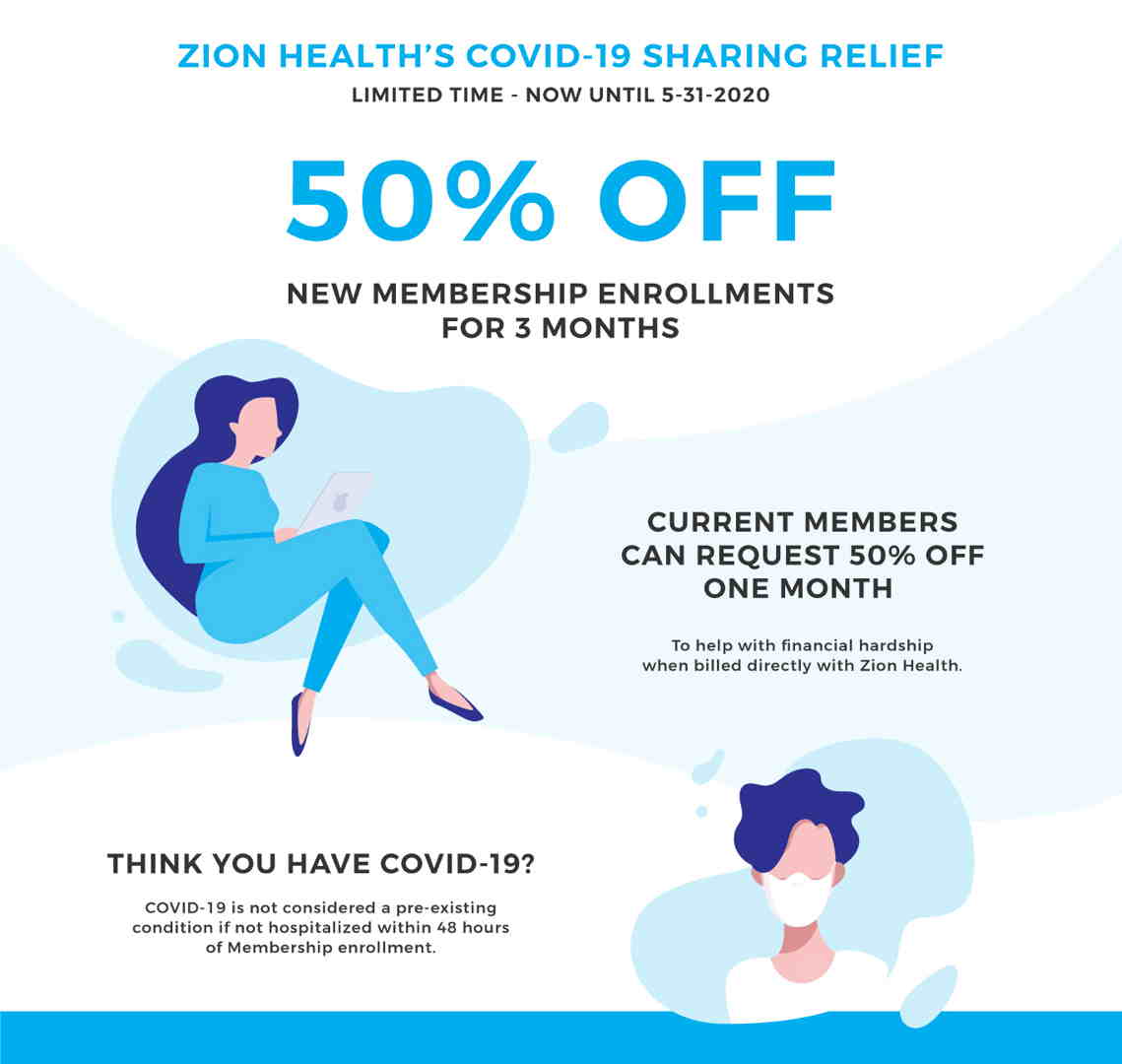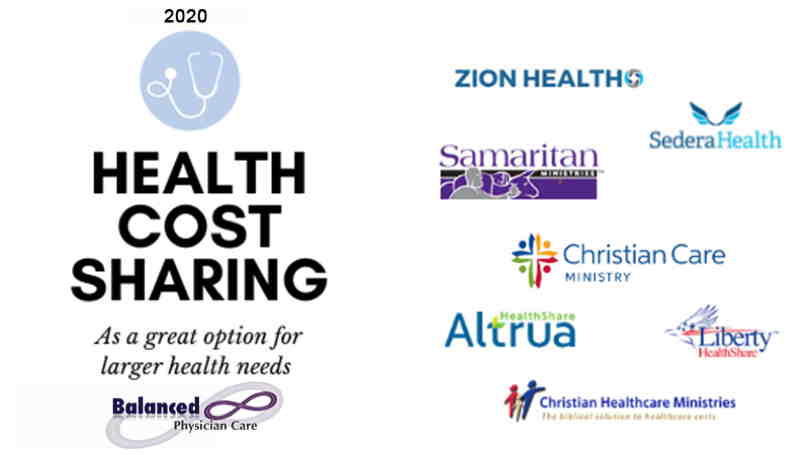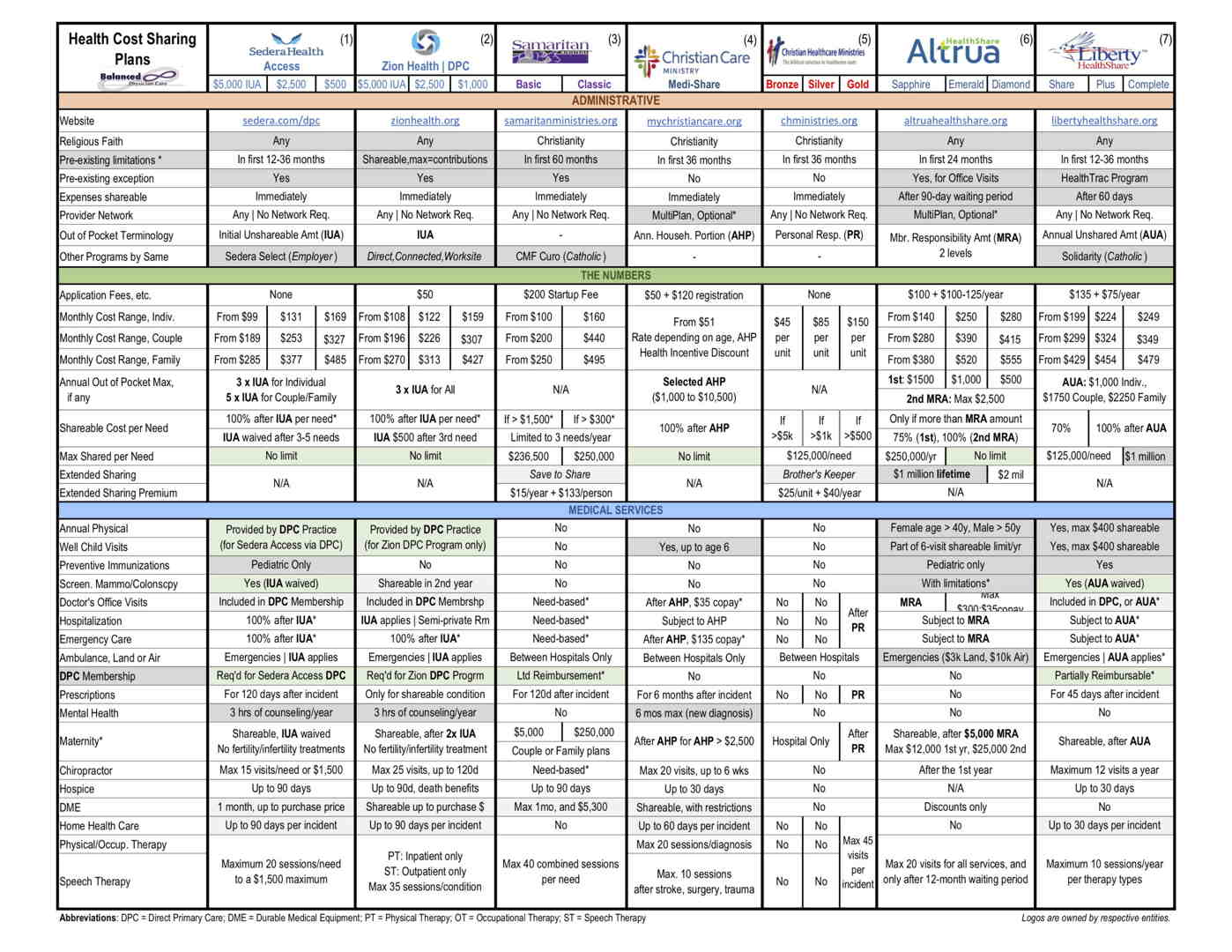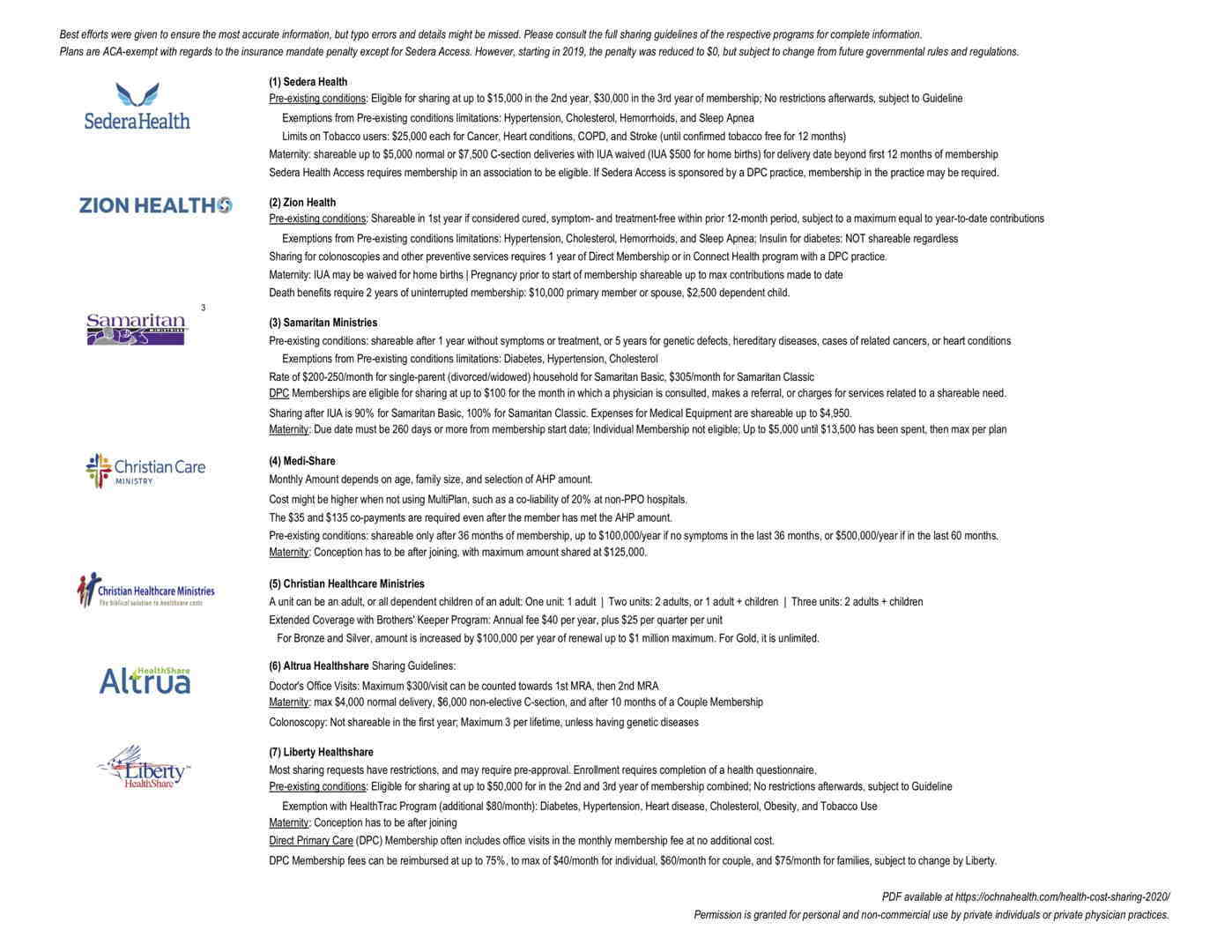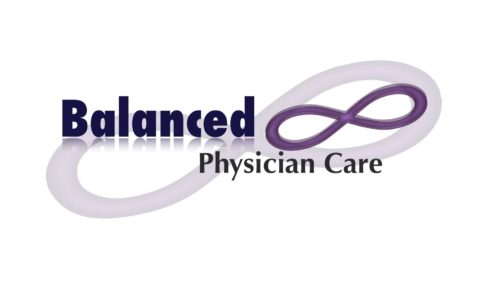Several of you have asked me “How does an epidemic or pandemic end?” The answer, like most things in life, is – it depends. The metaphor of the forest fire is useful here. Consider that a forest fire can only get started when there is a spark (the virus) and enough fuel (people’s bodies) to accelerate. Like a forest fire, it starts small but with enough dry fuel, it can pick up momentum quickly. An epidemic, like a forest fire, can also jump to new locations. The wind can spread embers of a fire to new locations even as fire fighters are putting out the original location. Consider an infected person getting on an airplane and infecting other air travelers as well as people at a new location.
The forest fire metaphor remains useful when we consider strategies for ending the epidemic. First of all, we can attempt to deprive the fire of fuel such as clearing brush from around structures. That would be similar to the stay at home orders that can help prevent people from getting in the virus’ path. Secondly, firefighters in towers can look out for flare ups and sequentially knock the flare-ups down. This is akin to testing for infection, tracing contacts and placing infected persons in quarantine. As with a forest fire, the strategy of testing, tracing and quarantining can only work if we adequately test to identify new hot spots, and then have the capability to isolate and treat those new cases. This strategy cannot work with a raging forest fire as there are simply too many burning areas to deal with at the same time. And, so with the epidemic, when the prevalence of the virus in the population gets too high – for example over 25% -- attempts at contact tracing and quarantine will be overwhelmed and ineffective. We are seeing this situation now in Miami-Dade county where the test positivity rate now exceeds 33%. At that point, the strategy as with a forest fire, is to retreat to safe lines and attempt to build a “fire-wall”. With the epidemic, this would be akin to preventing people from traveling from an endemic high prevalence area to a state with low prevalence of virus.
The ultimate logical end of the metaphor would be the scorched earth situation wherein the fire burns everything in its path unimpeded and only the seeds left in the ground are there to repopulate the forest. That doomsday scenario might have occurred in pandemics past where very high percentages of the population were wiped out such as with the bubonic plague in the Middle Ages. That will not happen with us, but we should not be complacent as the virus is powerful and stealthy. Like a fire that can burn underground undetected, so the virus can spread via asymptomatic people and pop up in new locations.
The current Covid-19 pandemic will end in any of the following ways:
- We will develop a vaccine that is safe and adequately effective, and enough people will get it so that we develop societal herd immunity stopping the virus’ transmission. I have read that up to 1/3 of Americans might decline the vaccine which could prevent herd immunity.
- The virus will mutate to a less pathogenic form and peter out of its own accord.
- We will develop safe and effective drugs, or other treatments such as passive antibodies that will quickly treat infected persons and halt the transmission.
- We revert to severe shelter in place and travel ban protocols long enough to stop the virus from transmitting.
Epidemics and pandemics end, one way or another. For reference, smallpox -- another airborne viral illness -- killed 400 million people in the 20th century before it was deemed eradicated by the World Health Organization in 1980. The good news is we have seen examples from many other countries where organized projection of tried and true public health strategies of testing, identification of cases, tracing, and quarantine can reduce the transmission of Covid-19 to almost zero. The bad news is that the United States has shown little appetite or capability to do the organized hard work of stamping out the virus. Therefore, we are stuck with waiting for one and/or the other modes of viral decline for the forest fire to end…
Article by Rich Parker - Chief Medical Officer at Arcadia.io.
